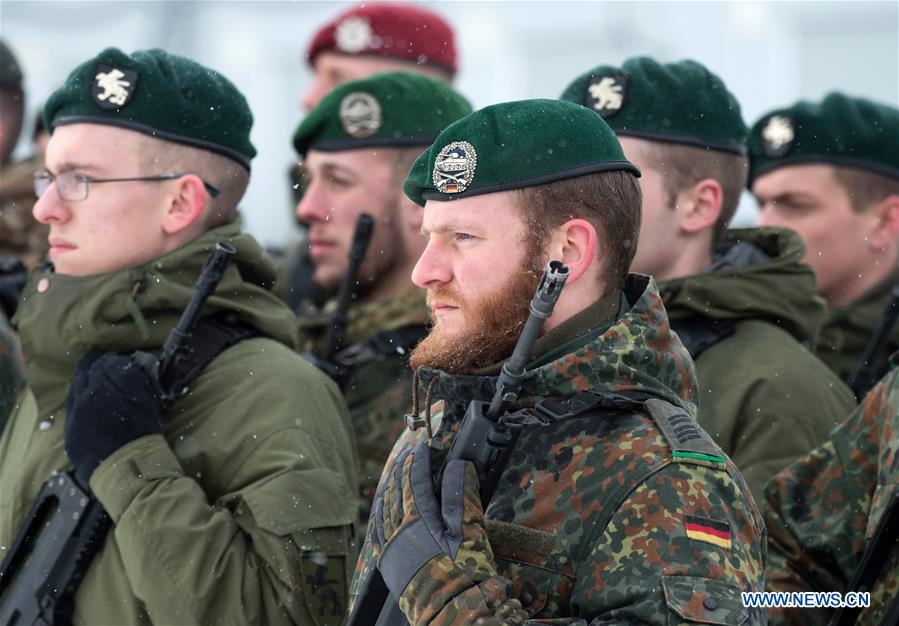Some sources collected by RT show that NATO is urging Germany to significantly expand its military forces, while Berlin is facing many challenges in the defense sector.
According to NATO's plan, Germany is proposed to increase its total number to about 260,000 soldiers by 2030. This means that the Bundeswehr (Germany Armed Forces) needs to add about 80,000 people compared to the current figure of 183,000 people.
However, Germany's Die Welt warned that if Berlin tries to carry out its military increase target, "de batts over restoring the military service regime are likely to flare up," and the military recruitment campaign could face strong public opposition.
According to Die Welt, efforts to expand the number of troops are further complicated by the high rate of desertions among new recruits, with up to 30% leaving the force within just the first 6 months of participation.
Some of the reasons for the new recruit's discharge include harsh training programs, remote work locations, limited career prospects, and the private sector being considered a more attractive choice.
In addition, some units in the German army are said to be still not ready to receive soldiers trained from other forces.

The above proposal of NATO was made in the context of US Ambassador to NATO, Mr. Matthew Whitaker, stating that Washington is planning to withdraw part of US forces from Europe.
Mr Whitaker said the US has been pursuing the plan for more than three decades and is now out of patience. According to him, the plan will be discussed with European allies at the upcoming NATO summit in The Hague (Netherlands), scheduled to take place at the end of this year.
In April, NBC News reported that the US was considering withdrawing up to 10,000 soldiers from Eastern Europe. US President Donald Trump later confirmed that he is considering a partial withdrawal, but has not given a specific time frame.
Meanwhile, according to Politico, the cost for European countries to replace US-backed equipment and manpower could reach about $1 trillion within 25 years. This includes initial procurement costs ranging from $226 billion to $344 billion (depending on the type of equipment to be replaced), along with maintenance, human resources and logistics expenses.
The list of military equipment that NATO European countries need to add may include 400 tactical fighter jets, 20 axis ships and 24 long-range anti-aircraft missile systems.
According to the US European Command, as of early 2025, nearly 84,000 US soldiers are stationed in Europe, mainly in Germany and Poland, along with smaller forces in Romania, Estonia and Lithuania.
The US is currently the largest financial contributor to NATO. President Trump has repeatedly criticized European members for failing to achieve defense spending targets and repeatedly urged them to take more responsibility for their own security.











